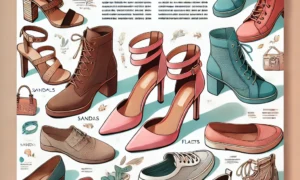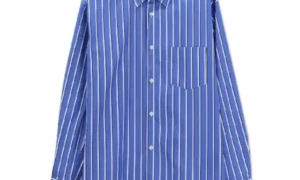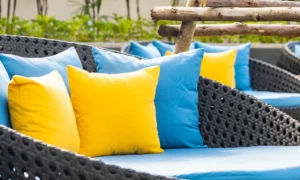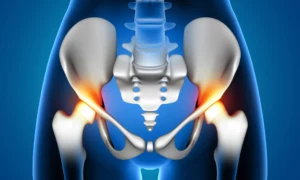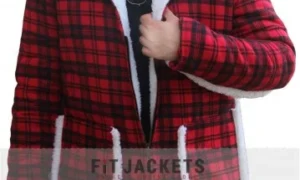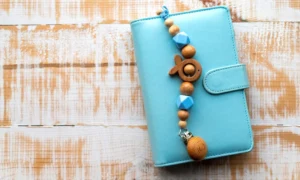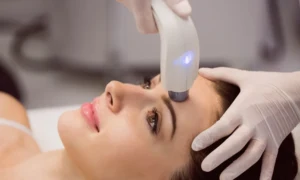Menstrual pads (commonly referred to as sanitary napkins or menstrual pads) have come a long way over the past century in terms of innovation, comfort, and variety. Nowadays, they play an essential part in every woman’s daily life during menstruation by providing much-needed support and comfort during periods.
With so many women’s pads available on the market today, selecting an effective pair may seem like an insurmountable task. We will explore various types of Pads before selecting an optimal option that meets your specific requirements.
Types of Menstrual pads
Regular Pads: Regular Pads are the most frequently used menstrual pads. Available in several sizes and absorbencies, they are great for light to moderate flow days.
Maxi Pads: Maxi pads provide more absorbency and coverage – designed specifically to withstand heavier flow days and heavy menstruation cycles.
Ultra-Thin Pads: For discretion and comfort, ultra-thin pads offer reliable protection without bulk.
Overnight Pads: Longer and more absorbent than other options, overnight pads make an excellent option for nighttime use or heavy periods.
Wingless Pads: Some pads offer options without wings (the side flaps that fold over your underwear). Choosing this style can be more comfortable for some individuals who find wings too restrictive for their comfort, so these may work better as an option than traditional pads containing wings.
Considerations When Selecting an Appropriate Pad:
Your menstrual cycles have different periods that vary in flow intensity; to accommodate light, moderate, and heavy flow days it is wise to have multiple pads on hand in your collection of menstrual supplies.
Comfort: Select a Sensitive Ultrathin pad that feels right against your skin; some prefer soft fabric-covered top sheets, while others might prefer more conventional plastic materials.
Size: Pads come in various lengths and widths to meet different body sizes’ coverage needs for optimal comfort and protection. When making this decision, take into consideration your body size as well as any special considerations, such as medical conditions that require extra coverage, such as cancer.
Absorbency: Select pads with absorbency levels tailored specifically for your flow. Having too much or too little absorbency could cause discomfort; having too little could result in leaks.
Sensitivity: For maximum protection of sensitive skin, opt for hypoallergenic and fragrance-free options to minimize irritation.
Consider Eco-Friendly Solutions
For those concerned with their impact on the environment, eco-friendly disposable options that biodegrade or consist of sustainable materials may be wise choices. Caring For Menstrual Pads:
Once you’ve selected appropriate menstrual pads, it’s essential that you understand how best to care for them so they remain effective and hygienic. Here are a few key guidelines:
Change Regularly: Regardless of which pad type is being used, make sure it gets replaced regularly to prevent leakage while upholding hygiene.
Proper Disposal: For best results, change or replace disposable pads every 4-6 hours as necessary and dispose of them properly – either using wrapper/bag disposal or placing them in the bin. Do not flush these items down your plumbing, as they can block drains and lead to serious clogging issues!
Reusable Pads: If you opt for reusable cloth pads, follow their manufacturer’s care instructions when it comes to handling and washing them with cold water and mild detergent. Properly dried pads can last years with proper care!
Keep Extra Pads Handy: Keep extra pads available just in case an emergency arises and washing hands before and after changing a pad to maintain good hygiene and reduce bacteria spread is recommended to maintain good hygiene and avoid spreading of infection.
Distinct Disposal: For your privacy’s sake, carry disposable plastic bags or pouches in order to store used pads until you can dispose of them responsibly.
Addressing Common Concerns:
Leakage: If leakage is an issue for you, try selecting a higher absorbency pad and changing it more often when heavy flows arrive. Additionally, wearing snug-fitting underwear may help avoid leaks as well.
Odor Control: Modern menstrual pads have been specially engineered to neutralize any offensive odors associated with menstruation periods.
However, if odor is an issue for you, consider purchasing pads with antimicrobial technology or switching out pads more regularly.
Skin Sensitivity: If you experience skin irritation when using any particular pad, try switching to hypoallergenic or organic options – and seek medical advice should the issue persist. Sustainable Options: When making eco-friendly purchases, it is also important to choose sustainable options as this contributes to environmental conservation efforts and keeps costs at a minimum.
Eco-friendly Menstrual Pad Options:
Cloth Pads: Reusable cloth pads can help cut waste significantly, and biodegradable pads are biodegradable materials that break down more readily in landfills.
Menstrual Cups: Although menstrual cups differ from pads in that they’re not disposable when used appropriately, they produce no waste and offer greater reusability and minimal environmental impact than pads do.
Conclusion
Selecting a sanitary pad that best meets your individual needs and preferences can be a daunting task, so we advise trying different brands until you discover one that provides maximum comfort during periods.



